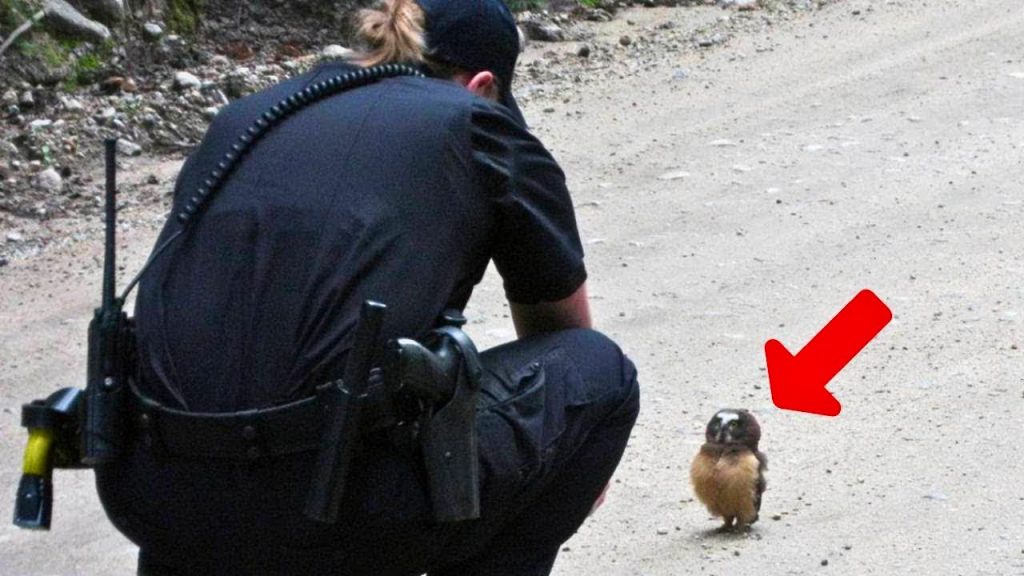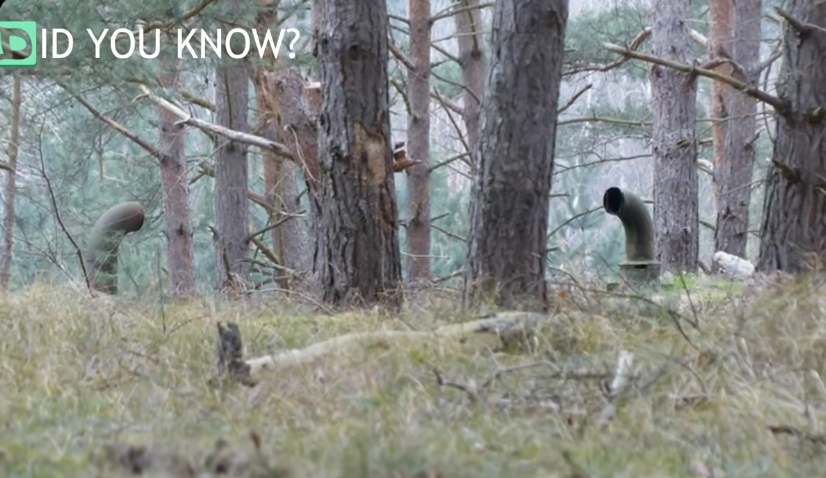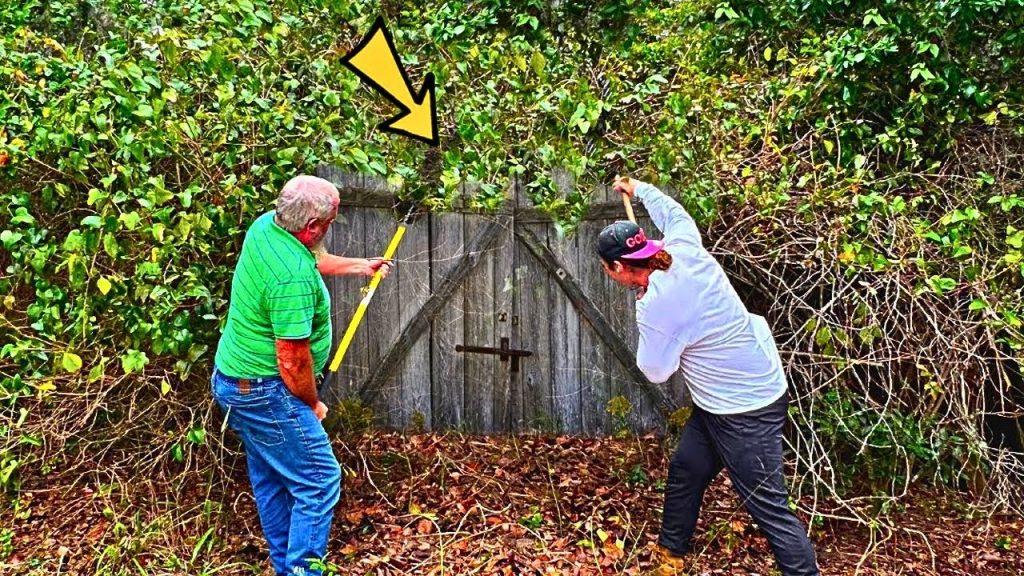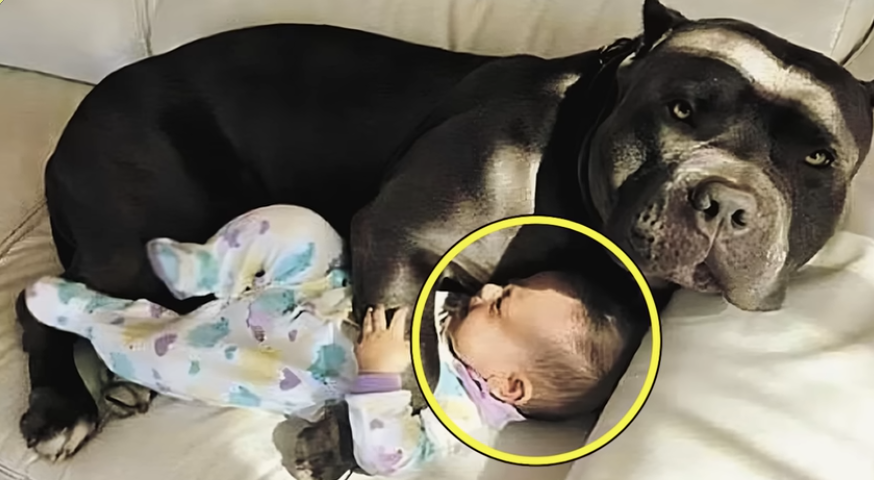He Was So Broken Over His Poached Rhino That He Did THIS. The Result Is I Now Believe In Miracles
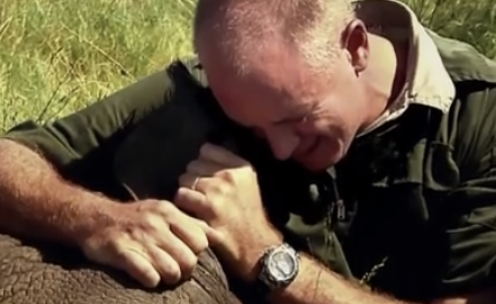
image via – youtube.com
Park rangers in South Africa found three rhinos brutally hacked and left to die by poachers who were after their horns. Luckily, two rhinos were found alive and given the names Themba and Thandi. Themba, a male, managed to survive 24 days before he succumbed to weakness and drowned while getting a drink at the watering hole.
His plight touched rescuers deeply and they wish to let the world know and see what these animals are going through. Thandi, a female, fought hard for her life and slowly recovered. She was the only one to make it through and live.
Three years after the brutal attack Thandi had become pregnant and was due to give birth to a young calf. When photographer and filmmaker Adrian Stein found this out he quickly went to find her in the bush at the Kariega Game Reserve on the Eastern Cape of South Africa.
He had been documenting her journey since the attack and wanted to capture Thandi’s pregnancy. The story of her plight was widely followed and had since become a national inspiration. Rangers accompanying Stein tracked Thandi down and when they first caught sight of her a little calf was standing by her side. She had given birth shortly before their arrival to a healthy baby whom they named Hope.
This touching story will hopefully be a catalyst for change and promote action to bring an end to the brutal attacks inflicted on these endangered animals and others like them. Currently there are less than about 25,000 wild African rhinos in existence and this baby, what she stands for and her survival, are vital to their recovery.
The mother and child have already inspired many people to take action, and if their story is spread, it can only promote more awareness, understanding and conservation efforts.
Please Share With Family and Friends, We Need To Stop These Poachers!
I Noticed A Weird Spot On THIS Rhino’s Horn. When I Realized What It Was It Will Save The Species!
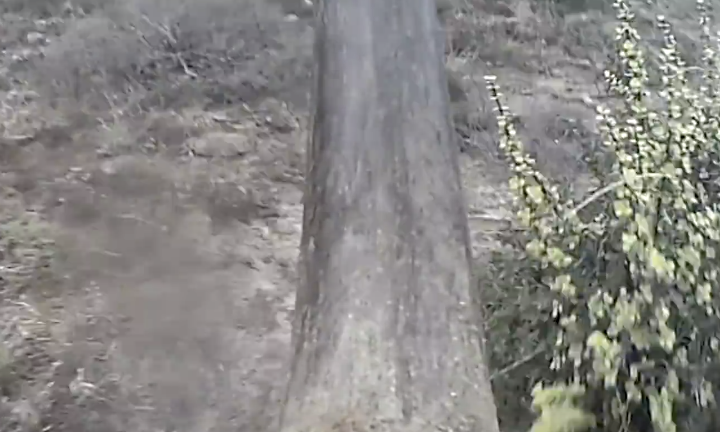
Poaching and illegal big game hunting has been in the spotlight lately due to the tragic killing of Cecil The Lion, a famous and beloved adult male lion who was senselessly slaughtered in the pursuit of trophy hunting. The American dentist who murdered Cecil, Walter Palmer, is now one of the world’s most hated men and an international pariah.
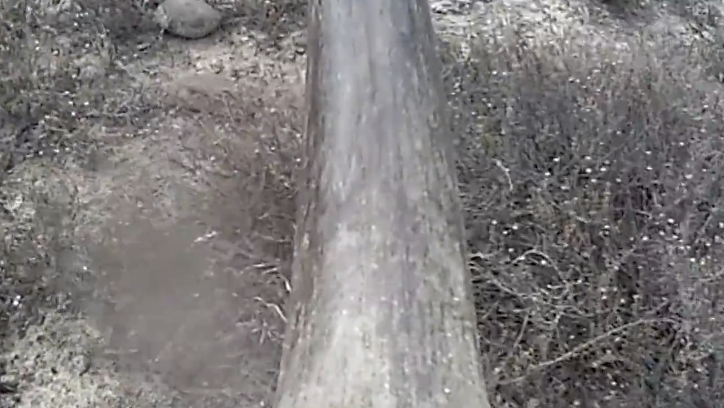
Cecil’s untimely death has sparked outrage and many are asking what more can be done to prevent such travesties. Every year thousands of other animals are illegally killed in Africa, so much so that many animals are now dangerously close to becoming extinct.
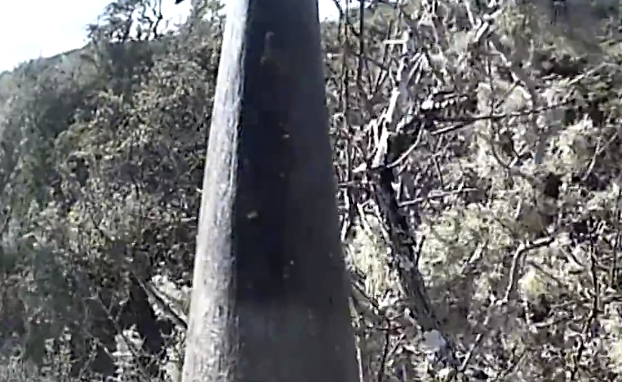
One animal under extreme threat is the rhinoceros. The large herbivores are being killed by poachers at an astronomical rate for their horns. According to the non-profit group Protect, they estimate that rhino poaching is up 9,300% since 2009.
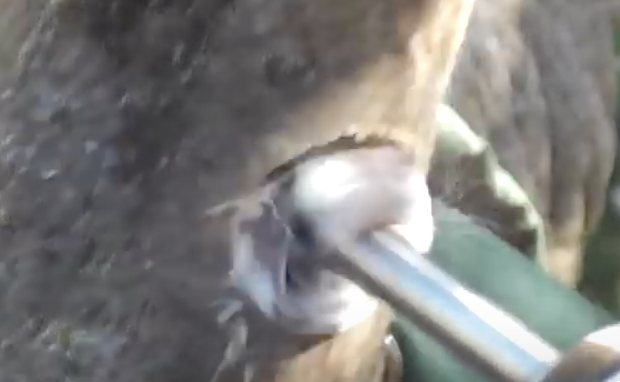
This is all due to the huge demand for rhino horns in mainly Asia where they are sold on the black market for around $30K a pound, making them more valuable than gold by weight. Dr. Paul O’Donoghue, the chief scientific advisor for Protect, says that “currently a rhino is butchered every 6 hours in Africa…We had to find a way to protect these animals in the field; the killing had to be stopped.”
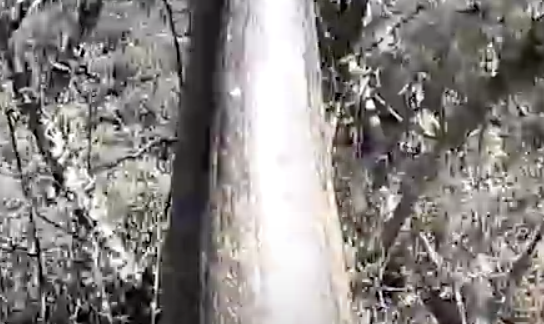
These figures and that desire to protect the species is why the non-profit invented RAPID, which is short for Real-Time Anti-Poaching Intelligence Device. The invention consists of a smart watch with a forward facing video camera, GPS tracker, and a heart rate monitor.
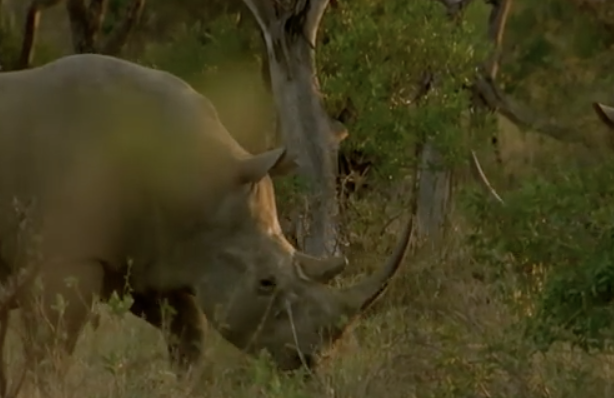
It’s compact enough to be fitted and mounted into a rhino’s horn while not hurting or affecting the animal negatively. If a rhino’s heart rate starts racing or suddenly goes still, observers monitoring them get an alert that lets them turn on the camera to see what’s happening. At the same time, the GPS allows them to pinpoint the exact location and rangers can be on the scene within 10 minutes via helicopter.
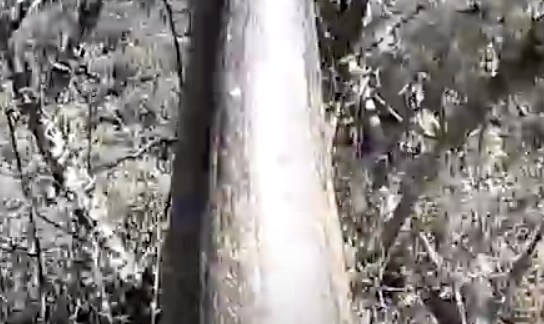
Ideally this will prevent poachers from harming the rhinos because the chances of them being caught within minutes is much greater. Currently, poachers operate with barely any risk of getting caught and when they kill a rhino, they don’t stop there.
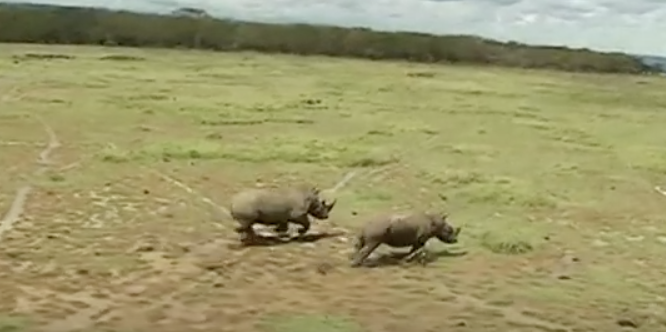
Instead they often go on to kill 10 or 15 at a time, spending several nights hunting them in parks. Now, when one rhino is shot or injured, a signal will immediately be sent and rangers can respond rapidly and be at that rhinos side. This will enable them to catch the poachers right then and there, and stop them from going on to kill dozens more.
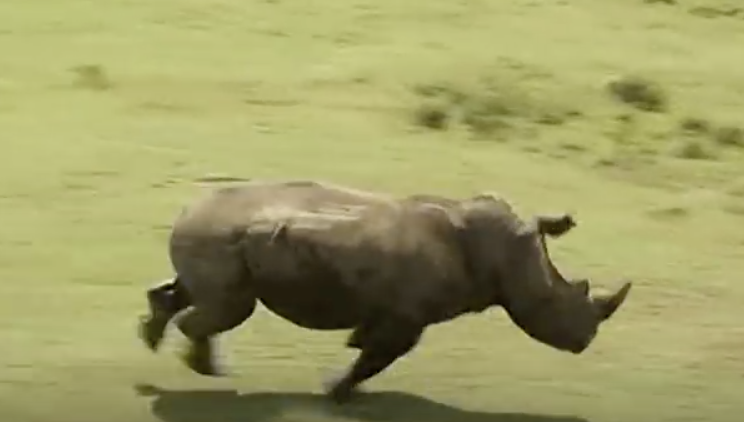
This is just one solution to the tragic and barbaric problems faced by rhinos. If the poaching doesn’t stop or slow down they will be hunted to extinction within a decade. Hopefully the point of view cameras will be enough of a deterrence to stop the violent acts, and rhinos will be able to recuperate over time.
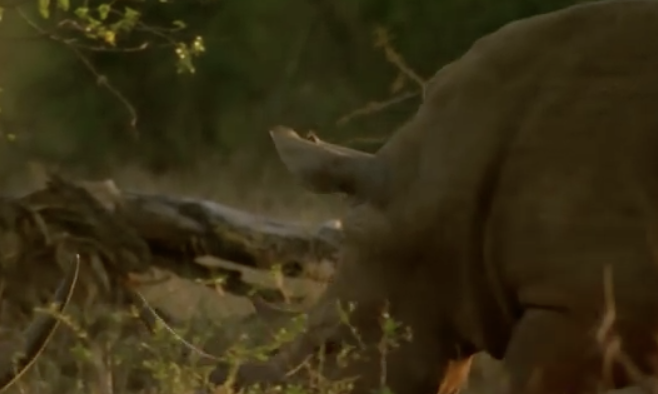
Please Share This Incredible Story To Help Stop The Killing Of Rhinos!

